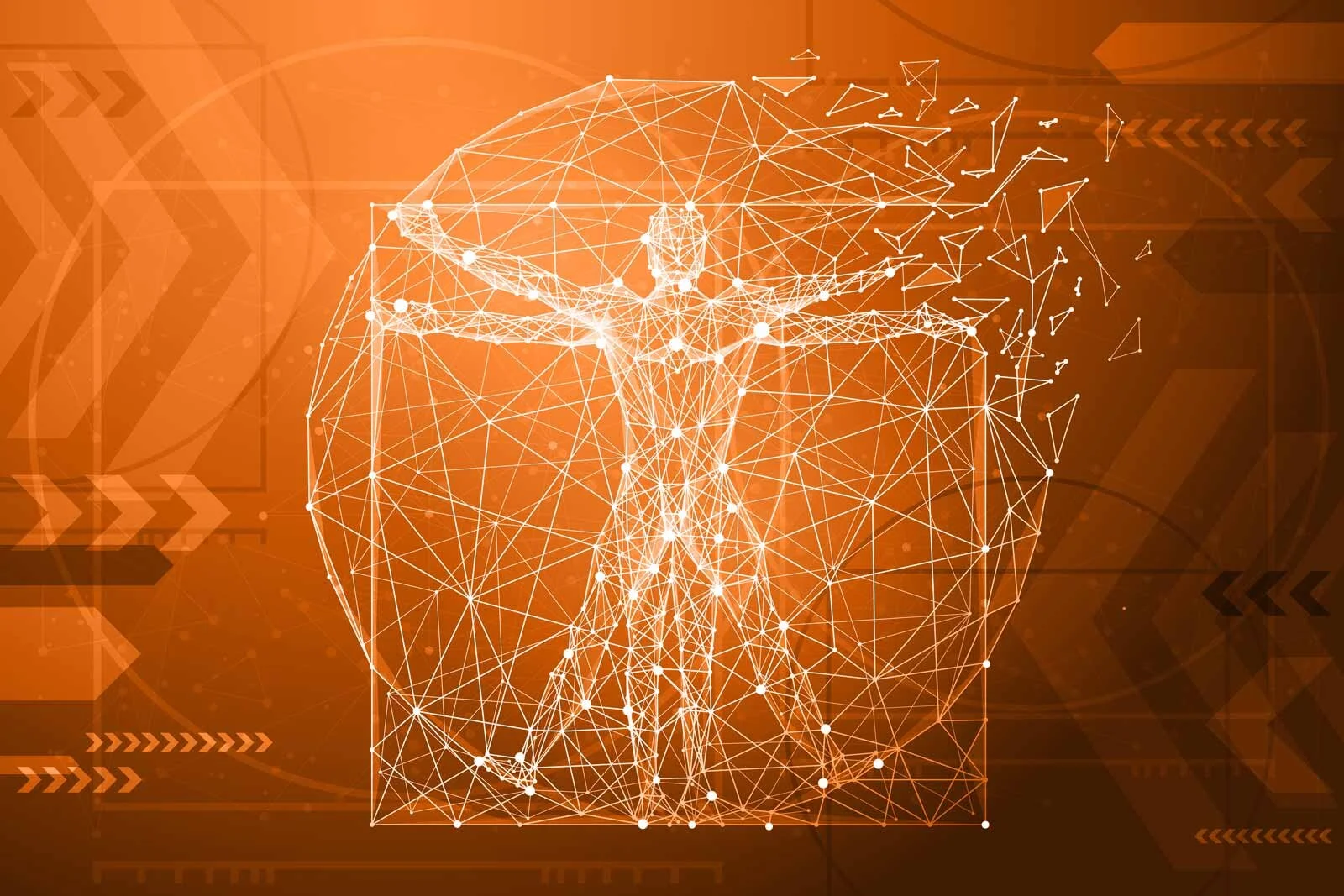Project Background
When someone severely injures or punctures one of their lungs, breathing becomes risky. The healthy lung must continue to receive airflow to keep the blood oxygenated, but the injured lung must not receive any airflow because the air will leak out of the lungs and into other parts of the body. This can lead to an acute condition called tension pneumothorax, where escaped air builds pressure in the surrounding cavity and restricting circulation and affecting heart function.
“Due to the urgency and complex nature of a one-lung ventilation procedure in the field, I’d say it’s one of the most difficult things you have to do in an emergency medical situation,” according to entrepreneur and Kickr Design client Caleb. “The process of configuring the tubes can take up to two minutes, and that’s way too much time in this situation.”
For this project, the primary target users are EMTs and other users include nurses and other healthcare professionals.
Double lumen tubes are used in hospitals, and Caleb thinks they can be used by EMTs in the field with an improved design
To successfully perform a lung isolation and single lung ventilation, EMTs and emergency room nurses work under extreme stress and must make quick observations and decisions including assessing the injury and determining which lung is damaged. Next they must insert tubes into the patient’s airways and configure a set of controls to direct airflow to the healthy lung. Depending on the tubes that are available, configuration involves adjusting multiple knobs/valves or using other tools to manipulate them.
Having gone through EMT training himself and with a brother who works in a hospital, Caleb is all too familiar with the shortcomings of these devices and how they may cause physical harm to patients as well as stress to the user. Through his hands-on experience with the equipment he realized that an improved design may reduce the risk of user error and ultimately save more lives.
Identifying the Key Challenges for Us to Solve
Since Caleb had never developed a product before, he wanted to work with a company who could guide him through the process from start to finish. He also needed to find a company that has experience with the FDA regulatory processes to create an approved device.
He got in touch with us at Kickr Design to discuss his idea. Here are the main challenges he wanted to address with his project:
Speed up the process of configuring and re-configuring lung ventilation tubes
Reduce the rate of user error by designing a device that included an enhanced user experience (in this case the user is an EMT)
Device must be properly engineered to be manufactured as a Class I medical device under strict FDA quality controls and risk management regulations
We worked with Caleb to develop a Project Outline & Estimate so he could understand all of the different stages and costs we anticipated for his project. Once he saw the path forward, it was time for us to get to work.
Part of the LIT Device project workspace at our prototyping shop in Atlanta.
Do you need help figuring out the best strategy for your product design project? We are here to help you navigate all your options. Contact us and get a Free Consultation and Project Estimate from one of our lead engineers.
The Development Process: Emphasis on human factors and user experience
We put together a team of our industrial designers, biomedical engineers and mechanical engineers to research, design, prototype and test several different versions of his device. We applied human factors engineering principles from concept through all stages of prototyping to create a device that provides an enhanced user experience. Here are some highlights from his project:
Concept Exploration
Industrial designers drafted dozens of different concepts to show Caleb so they could collaborate on high-level design ideas.
UX/UI Design and Prototyping Using 2D and 3D Methods
We used these methods as a cost-effective way to explore and validate different concepts and mechanisms further.
Mechanical Design via 3D Computer Modeling
Mechanical engineers used CAD software to generate fully functional 3D models of the selected design concepts.
3D Printing Partial and Fully Functional Prototypes
We printed multiple mechanisms and UI elements to determine which design provided the best user experience.
LIT Device Features & UI/UX Enhancements
We applied well-known human factors engineering principles to make key improvements in the user interface (UI) and overall user experience.
Visual Feedback: Single control knob points toward either tube, allowing users to quickly understand which one is receiving airflow.
Auditory & Tactile Feedback: The knob “clicks” into place, notifying the user that the configuration has changed through both a sound and physical sensation.
Together, a stronger feedback loop between the device and the user is created, allowing time and mental effort to be re-allocated to monitoring the patient and away from the device controls.
About LIT Device
With a functional prototype in his possession, Caleb is leveraging his own connections as well as his brother’s to get hands-on user feedback from healthcare professionals to continue to improve the device and prepare it for manufacturing.
To get in touch with Caleb and learn more about LIT Device, visit LITdevice.com
“The folks at Kickr Design have been an incredible asset. Their level of efficiency and professionalism has been a pleasure to work with. Their capabilities have made the product development process incredible! I enjoy bragging about the work Kickr does and I highly recommend their services!”
If you have a product that you want to develop, we can help you through the product development process. Contact us to talk to an engineer and get a Free Consultation & Estimate for your next product idea.










